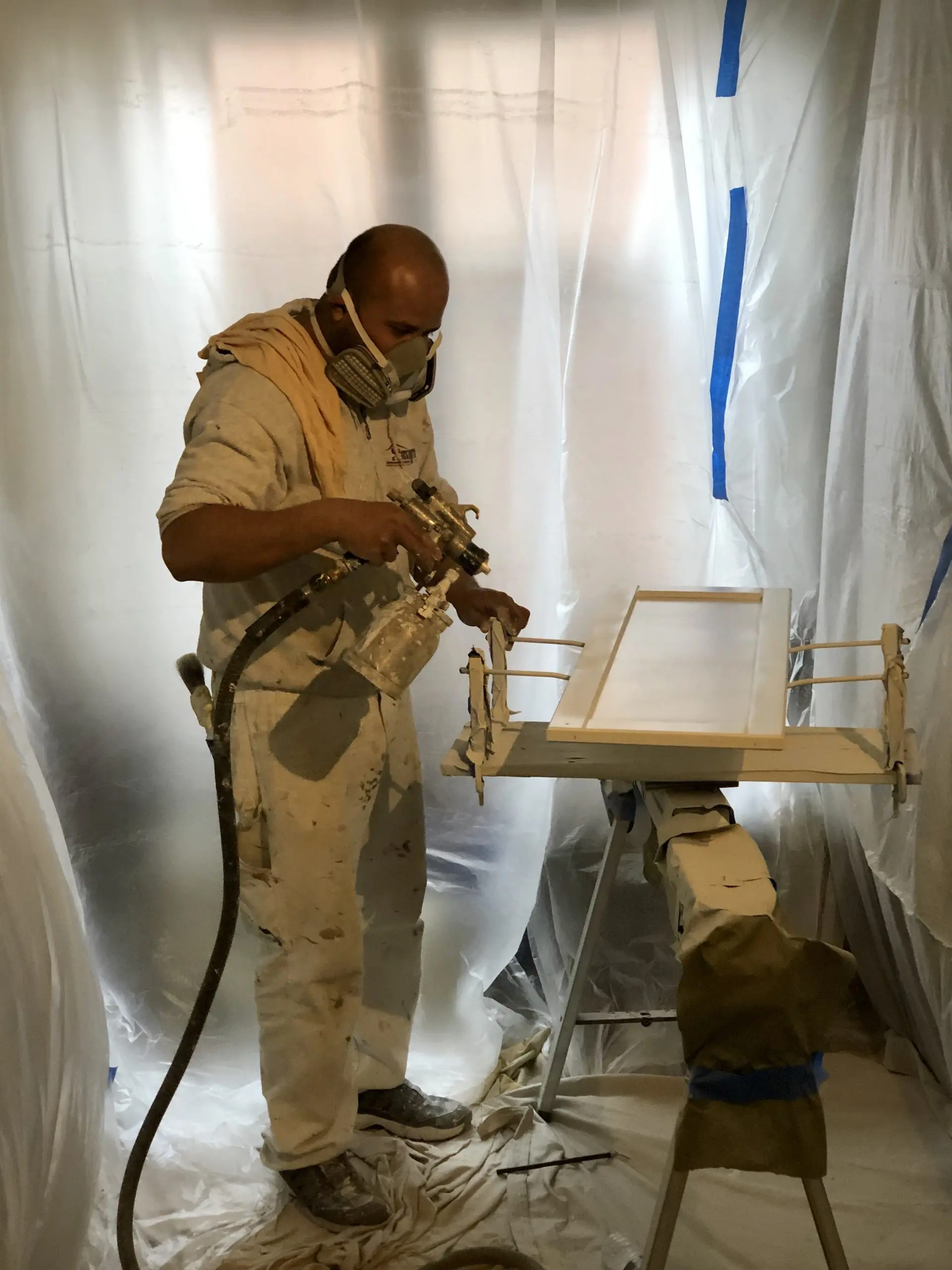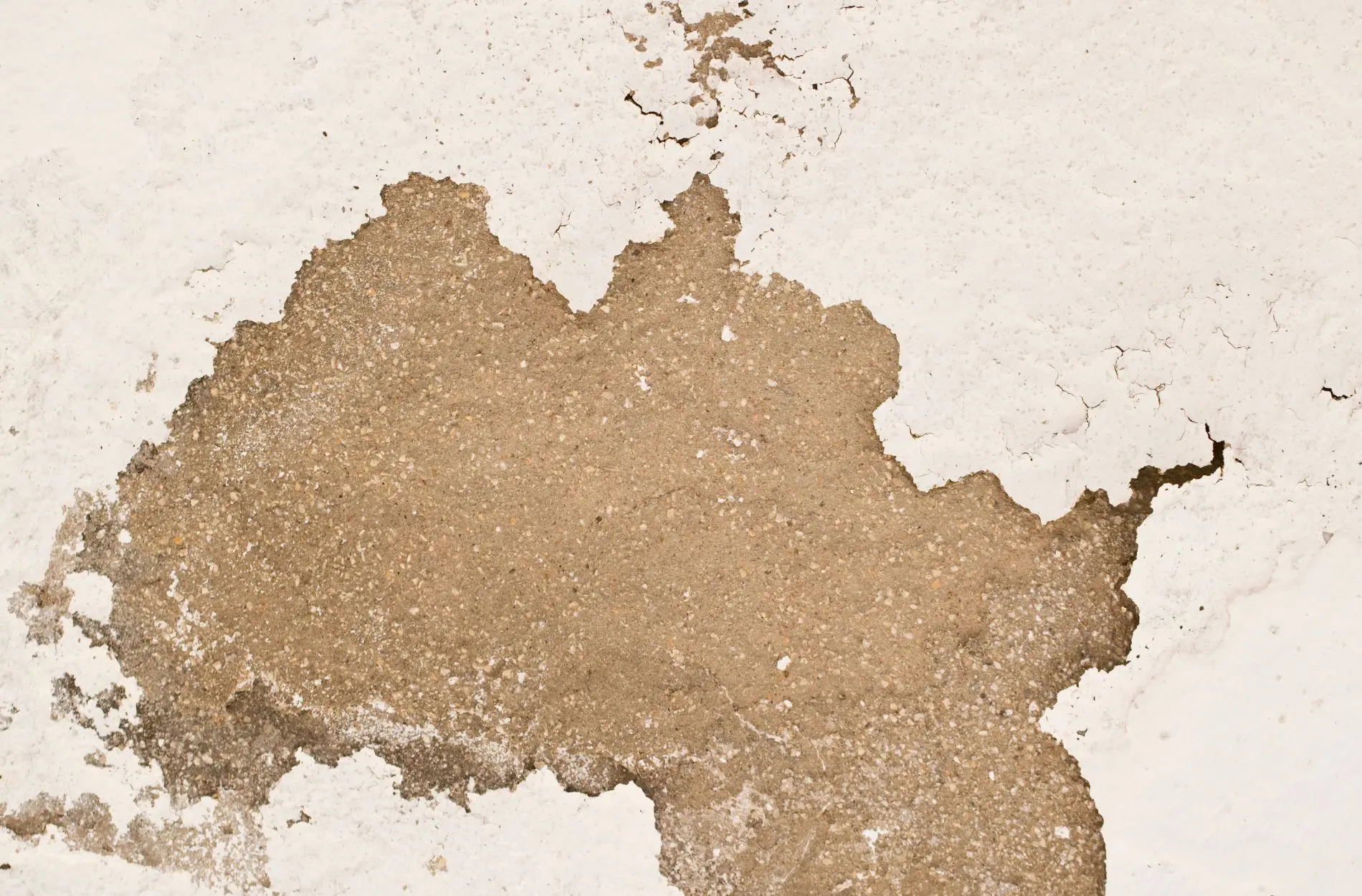How To Get Spray Paint Off Your Skin

Spray paint is fantastic – one of the most versatile tools in the creative DIYers arsenal. It’s compatible with most materials, quick and easy to use, and capable of producing a truly immaculate finish.
On the downside, using spray paint without getting it all over your skin is practically impossible. Don all the PPE in the world and you’ll still find various splatters of the stuff in places you didn’t even realize were exposed.
If it’s a scenario you’re familiar with, you’ll also know that the resulting process of getting it off your skin is far from easy. Particularly if you would prefer not to irritate or damage your skin, removing spray paint can be quite a task.

But there are at least a few spray paint removal methods that are known to work better than others. So, before reaching for any questionable chemicals and doing a number on your skin, give the following a try new time spray paint proves problematic:
- Nail Polish Remover Without Acetone
First up, there are plenty of high-quality, high-strength nail polish removers available that don’t contain acetone. They’re designed to make short work of even the most hardwearing nail polish, yet aren’t nearly as nasty on the skin as their conventional counterparts.
Some types of spray paint respond to non-acetone nail polish remover in the same way as nail polish. Try taking a paper towel and cotton ball, applying a generous quantity of the stuff, and gently massaging it into the affected area. You can then use a second moist cotton ball or paper towel to wipe it all away. Quick, easy, and unlikely to cause any irritation to your skin.
Just be sure to give your skin a good wash with soap and water afterwards.
- Dish Soap and Olive Oil
Anecdotal evidence suggests that this particular concoction can be surprisingly effective in removing spray paint from the skin. You basically need to combine a couple of squirts of concentrated dish soap with two tablespoons of olive oil, before giving it a good stir. Then, you massage it over the spray paint on your skin and give it around 30 seconds to do its thing.
If all goes to plan, you should then be able to remove the spray paint from your skin with nothing more than soap and water. Definitely one to try before resorting to chemicals, as chances are you already have everything you need on your kitchen countertop.
- Nonstick Cooking Spray
If you have a can of nonstick cooking spray lying around, this is (supposedly) another great way of getting to work on spray-painted skin. It’s also an approach that isn’t going to irritate or dry even the most sensitive skin, as there’s nothing in the stuff that’s likely to cause you any harm.
You can spray it directly onto the affected area, or spray it onto a cloth and then rub it gently onto the skin. After giving it around 15 seconds, wash it thoroughly with soap and water. Repeat the process two or three times if necessary, and it should gradually lift the spray paint away from your skin.
- DIY Paint Remover
Rumor has it that the combination of baking soda and coconut oil can work miracles on a wide variety of accidentally painted surfaces. One of which is human skin, making it a method worth trying out.
You basically need to combine equal quantities of baking soda and coconut oil (not too much), in order to create a grainy paste. Apply it to the skin you’ve inadvertently redecorated, and give it a very gentle massage with a cotton pad or bud. Leave to work for a couple of minutes, and rinse away with soap and water.
What Not to Use…
If none of the above has the desired effect, there are alternative options to explore. Nail polish remover with acetone is usually safe for most skin types when used carefully, and washed away thoroughly. There are also specialist paint wipes and skin cleansing products available for purposes like these.
However, under no circumstances is it advisable to reach for conventional paint thinner or any other chemical solvents. Unless it is designed specifically to be applied to human skin, it could do more harm than good.
Always read the label and if there are clear safety warnings, don’t even think about using it to remove spray paint.










